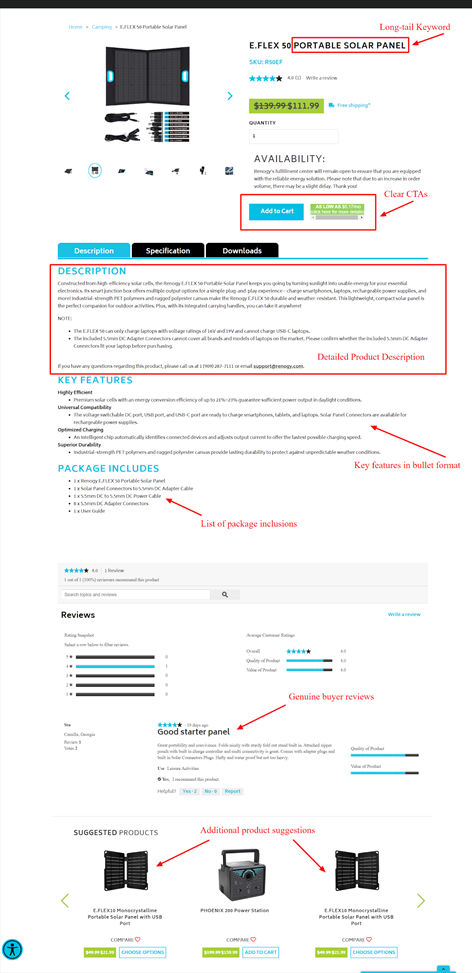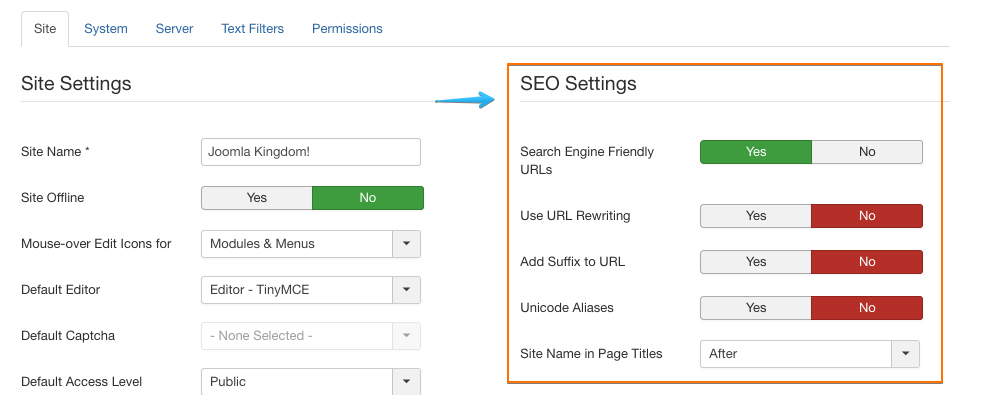SEO-Friendly Long Tail Title:
Guide or Summary:Puppy ProofingHome SafetyChildproofing TechniquesToxic SubstancesElectrical HazardsSmall Objects and Choking HazardsSupervision and Trainin……
Guide or Summary:
- Puppy Proofing
- Home Safety
- Childproofing Techniques
- Toxic Substances
- Electrical Hazards
- Small Objects and Choking Hazards
- Supervision and Training
"Puppy Proofing Your Home: A Comprehensive Guide to Keeping Furry Friends Safe and Sound"
Puppy Proofing
Puppy proofing your home is a critical step in ensuring the safety and well-being of your furry friend. As a responsible pet owner, it’s essential to create an environment that minimizes risks and hazards that could potentially harm your puppy. This comprehensive guide offers valuable insights and practical tips on how to puppy-proof your home effectively.

Home Safety
Understanding the potential dangers in your home is the first step towards puppy-proofing. Small objects, toxic substances, and electrical hazards are just a few of the risks your puppy may encounter. By identifying these hazards and taking proactive measures, you can create a safer environment for your puppy.
Childproofing Techniques
Childproofing techniques can also be applied to puppy-proofing. By securing furniture, using baby gates, and installing safety latches on cabinets and drawers, you can prevent your puppy from accessing dangerous items or areas. These simple yet effective measures can significantly reduce the risk of accidents and injuries.
Toxic Substances
Toxic substances are a significant concern when it comes to puppy-proofing. Common household items such as cleaning supplies, medications, and plants can be harmful to puppies if ingested. It’s essential to store these items in a secure location, preferably out of reach or in a locked cabinet. Additionally, it’s crucial to supervise your puppy closely when you’re using these products to prevent accidental ingestion.

Electrical Hazards
Electrical hazards are another critical concern when puppy-proofing your home. Electrical cords, outlets, and appliances can pose significant risks to puppies. To minimize these risks, it’s important to cover exposed cords with cord covers or protect them with electrical tape. Use outlet covers to prevent puppies from inserting objects into electrical outlets, and consider installing safety plugs that prevent electrical current from flowing when not in use.
Small Objects and Choking Hazards
Small objects and choking hazards are prevalent in most homes and can pose a significant risk to puppies. Items such as small toys, buttons, and even food particles can be easily swallowed, leading to choking hazards. To mitigate these risks, it’s important to regularly clean your home, removing any small objects or debris that could pose a risk. Additionally, consider using puppy-proofing products such as small object catchers and choking hazard deterrents.
Supervision and Training
While puppy-proofing your home is essential, it’s important to remember that supervision and training are also crucial components of puppy safety. Always supervise your puppy, especially when introducing them to new environments or objects. Additionally, consider enrolling your puppy in obedience training classes to help them learn appropriate behavior and reduce the likelihood of accidents.

In conclusion, puppy-proofing your home is a vital step in ensuring the safety and well-being of your furry friend. By identifying potential hazards, implementing childproofing techniques, and taking proactive measures to secure toxic substances, electrical hazards, and small objects, you can create a safer environment for your puppy. Remember, supervision and training are also essential components of puppy safety, so take the time to teach and guide your puppy in a loving and responsible manner. With these practical tips and strategies, you can enjoy peace of mind knowing that your puppy is safe and sound in their home.